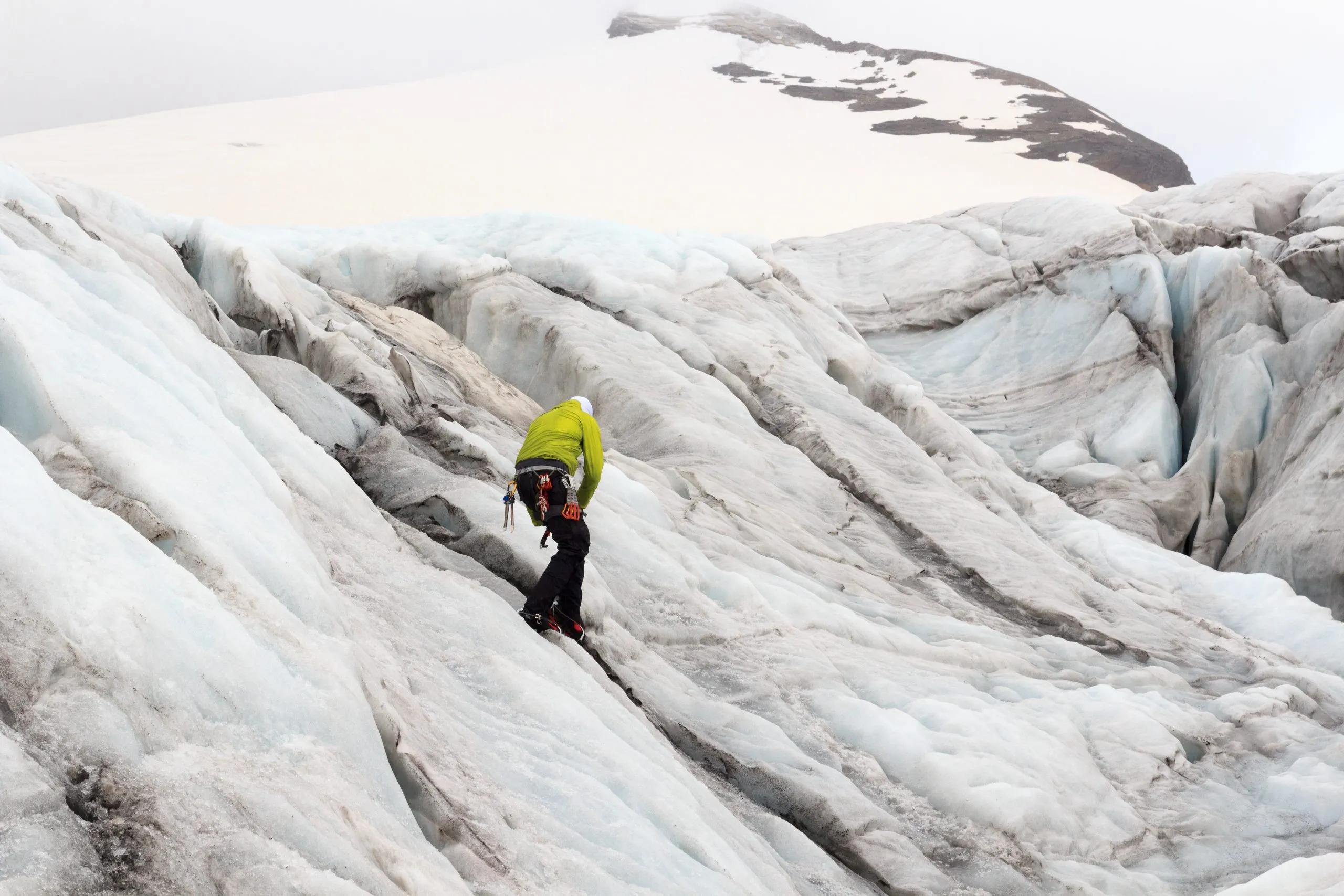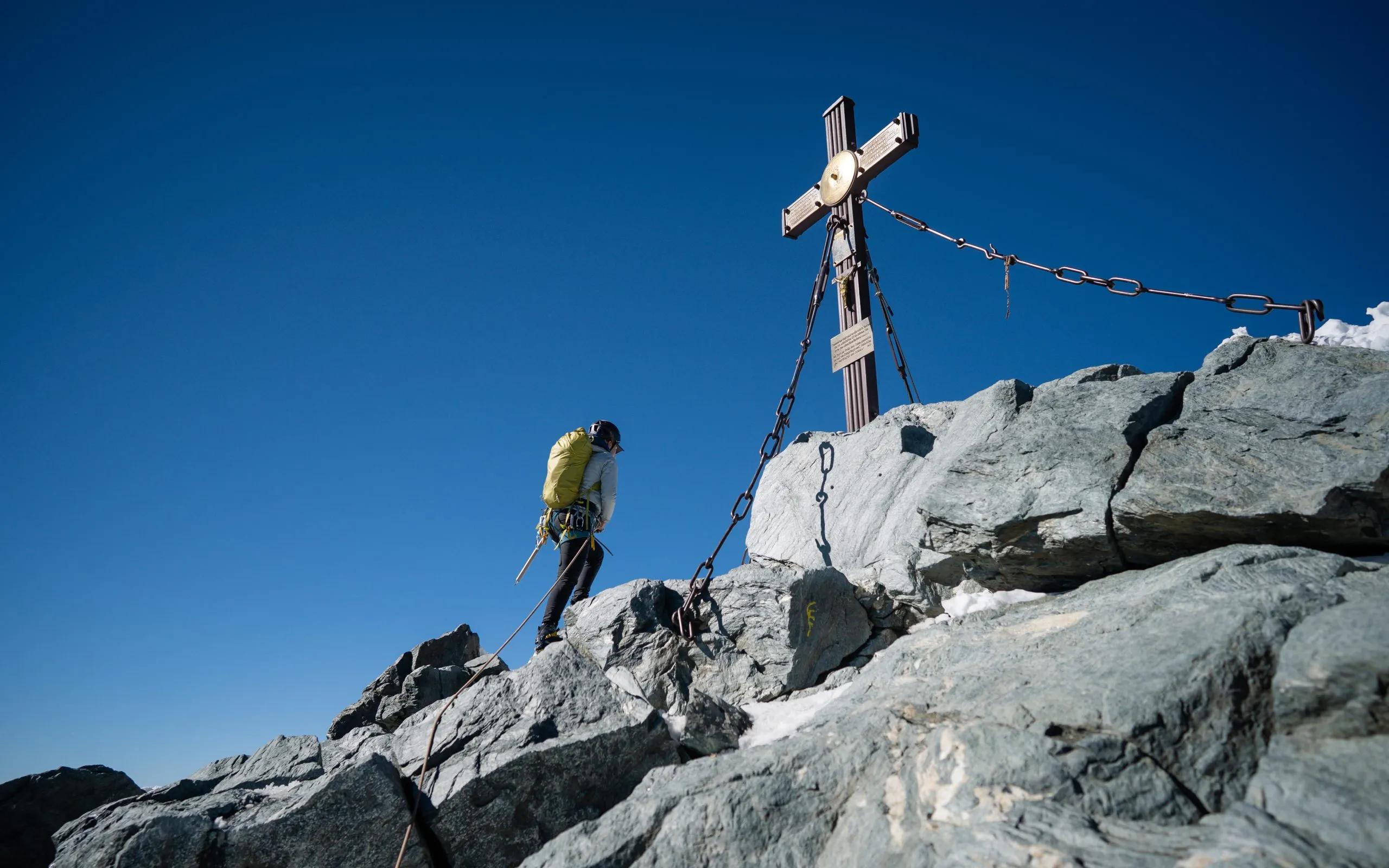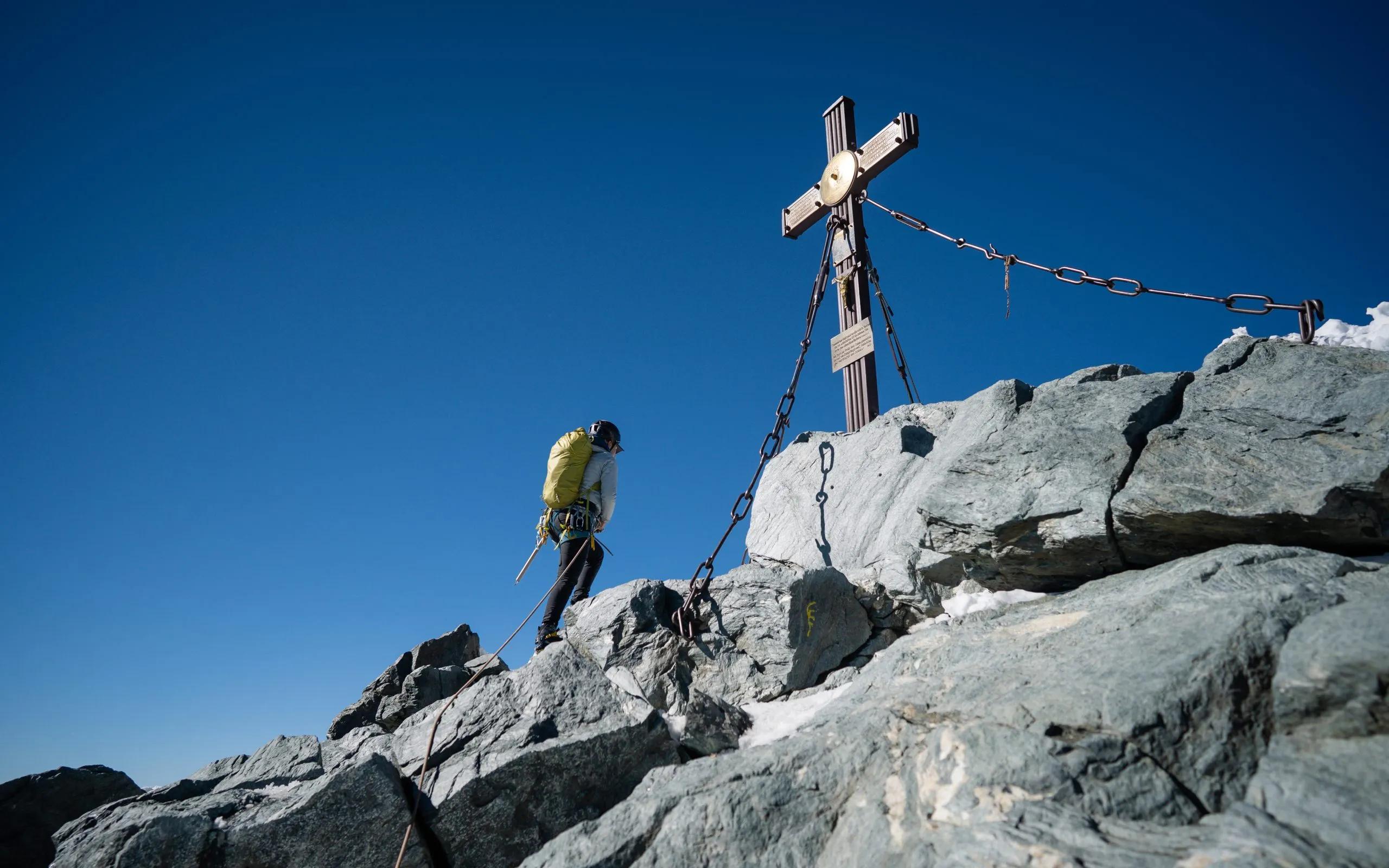5 km and 900 m of elevation gain











Grossglockner Winter Ascent
2 days / 1 nights
|
Starting point
Lucknerhaus
Finish point
Lucknerhaus
Season
From March to May
Technical level
5/5
Fitness level
5/5
Tour type
Hut-to-Hut
from:
1.145 €
/person
Starting point
Lucknerhaus
Finish point
Lucknerhaus
Season
From March to May
Technical level
5/5
Fitness level
5/5
Tour type
Hut-to-Hut
Highlights
- Challenge yourself against Austria’s highest peak in winter conditions
- Tackle technical ice and snow sections with the guidance of IFMGA-certified guides
- Experience the unique beauty of the Eastern Alps in winter, with panoramic views over a pristine snowy landscape
- Experience the thrill of winter mountaineering, from snow-covered ascents to the crunch of crampons on ice
- Celebrate the accomplishment of summiting Grossglockner amidst the tranquility of winter
Itinerary of the trip
FREE ITINERARY
Get Your Travel Itinerary
Loved the itinerary? Enter your email below, and we'll send a copy straight to your inbox.
What’s included in the price?
Guided
NOT INCLUDED
OPTIONAL EXTRAS
What to bring to the tour
- Hiking shoes/boots
- 25 to 45-liter backpack
- Base layer
- Sports T-shirts
- Hiking shorts
- Hiking water-repellent pants
- Waterproof jacket
- Midlayer
- Sports socks and underwear
- Leisurewear for evenings
- Down jacket
- Gloves
- Shade hat/cap
- Warm headwear
- Sunscreen
- Sunglasses
- Headlamp
- Hiking poles
- ID card or passport
- Snacks
- Cash
- Water bottles or hydration pack
- Sleeping liner
- Toiletries
- Toilet paper
- Small first aid kit
- Winter socks
- Winter gloves
- Crampons (available for rent)
- Ice axe (available for rent)
- Extra cash for food and accommodation
Take on a winter journey to conquer Austria's highest peak, Grossglockner, a challenge heightened by the season's snowy conditions. This two-day guided climb, set against the backdrop of a frost-covered landscape, pushes the boundaries of high-altitude mountaineering.
The ascent to Grossglockner's summit at 3,798 meters during winter transforms familiar trails. Snow covers the ground from the onset, replacing the lush meadows with a blanket of white that extends to the Pasterze Glacier, the largest in the Eastern Alps.
Your path leads to Stüdlhütte, serving as the primary stop in the colder months, with the Erzherzog-Johann-Hütte closed for winter. The summit reveals the Eastern Alps in their winter majesty, with peaks like the Glocknerwand and Kleinglockner standing stark against the snowy expanse, magnifying Grossglockner's grandeur.
Guided by IFMGA-certified professionals, you'll navigate winter-specific hurdles, including glacier crossing and sections rated II on the UIAA scale, requiring experience and resilience.
We handle all logistics to ensure a seamless climb, from arranging your stay at the high-altitude hut to providing rental equipment for those without winter-specific gear like crampons and ice axes.
Prepare for an unforgettable winter ascent of Grossglockner, embracing the unique challenges and beauty of mountaineering in the snow.
Frequently Asked Questions
Ratings & Reviews

5.0 average rating

We had a lovely hike today with our guide Klemen. He personalized the tour on our needs and interests, so that we saw places we wouldn't without his experience. The hike was a little bit slippery after the rain from the last days and it went a lot upwards, but it was totally worth it! Thanks again :)


Our 3 day hike had to be rearranged 2/2 weather, so a one day hike was arranged for us. We appreciated the concern about weather and conditions. Our hike was with Matevz, who was a great guide. Very helpful and knowledgable. Would definitely recommend and will be back for a longer hike one day!
We had a lovely hike today with our guide Klemen. He personalized the tour on our needs and interests, so that we saw places we wouldn't without his experience. The hike was a little bit slippery after the rain from the last days and it went a lot upwards, but it was totally worth it! Thanks again :)


Our 3 day hike had to be rearranged 2/2 weather, so a one day hike was arranged for us. We appreciated the concern about weather and conditions. Our hike was with Matevz, who was a great guide. Very helpful and knowledgable. Would definitely recommend and will be back for a longer hike one day!
All available guidance options
Private Guided Group
Get together a group of your hiking buddies and leave the rest to us! All you have to do is sit back, relax and enjoy a tour built around your group’s preferences. With an experienced guide accompanying you every step of the way, you’ll get the most out of your hike without having to stress about the details.

EXPERT LOCAL GUIDES
Our professional guides know the local terrain and are trained to make this once-in-a-lifetime opportunity both safe and enjoyable.

TOP NOTCH EQUIPMENT
We provide equipment rentals of helmets, harnesses, and more, by world-class quality brands.

HASSLE-FREE
We handle route planning, accommodations, transfers, and anything else you prefer not to deal with, so you can enjoy a carefree hike.

TRUSTED BY MANY
We are a financially protected company operating since 2014, and with thousands of satisfied customers in the past, we still put you first.


















